Tonight’s Yohji Yamamoto show was staged as a dark space surrounded by scaffolding within the vast upper gallery of the Grand Palais. You could read this as symbolizing the construction (or just as often, deconstruction) that defines the Japanese master’s work. But the most telling clue to any overarching message was the music, recorded by Yamamoto and a female collaborator, which demarcated three distinct themes. What did they represent? “Anti-racism, anti-crazy global warming, anti-genderless fashion,” he replied backstage, noticeably impassioned.
Over the decades, Yamamoto has remained relevant precisely because there are so many unknowable aspects to his work, and people respect him immensely without overthinking why or how a collection materializes. Recent seasons have yielded themes that fluctuate between cheeky and profound, as though he is working through how to express himself in his advancing years. When he further explained this contemplative, sensual, poetically punk lineup as “a return to the right way for men and women [to dress],” it almost felt like too much backstory.
But then Yamamoto voiced the intention that effectively captured what we saw: “I wanted to prove how women’s outfits [are] beautiful.” Voila. If beautiful seems like a simplistic notion for Yamamoto (one thinks of Immanuel Kant, who wrote, “the sublime moves, the beautiful charms”), the first grouping of looks exuded relaxed elegance. Unstructured and unencumbered, the dresses, jackets, long coats, sarong skirts and wrap pants draped close to the body as though reconceiving monastic robes and classical Grecian dress. They were the collection’s strongest statement; each piece should hold up beautifully for years to come.
Meanwhile, the zippers and cut-outs that punctuated the second part were provocative; flaps of fabric peeled back coyly and panels of skin appeared at the back and upper thigh. Circa 2018, the assumption is that you have agency over what gets unzipped, however Yamamoto also acknowledged the obvious: “Isn’t it very sexy?”
For the third and final act, an all-white ensemble of staggered, deflated volumes gave way to similar looks, now vividly painted as though artworks removed from their frames. Yamamoto’s shows can move at an incremental pace, yet this has nothing to do with the footwear, each style more comfortable than the last: satin boxing boots, Derbys, sandals and a pair of flip-flops. The five black models who opened the show reappeared to close it, now dressed in wearably reworked variations of a T-shirt and sarong skirt, their heads wrapped. Perhaps this was Yamamoto’s anti-racism message, without actually stating anything. The show was beautiful, inexplicable, true to form.



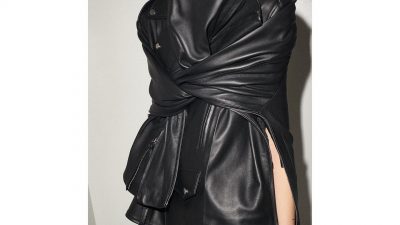
















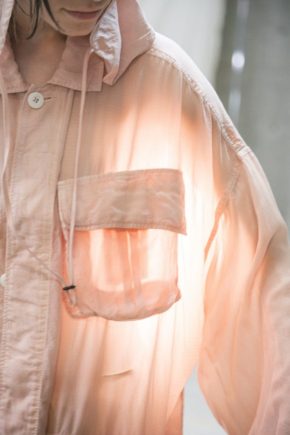
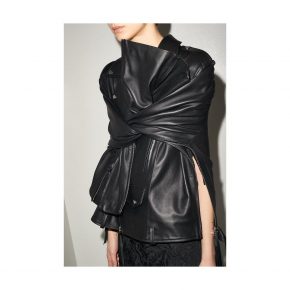
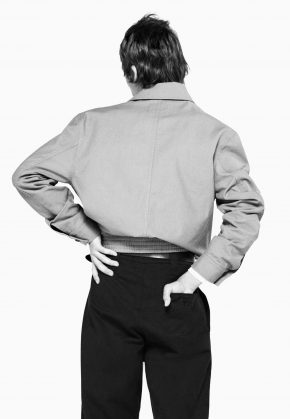
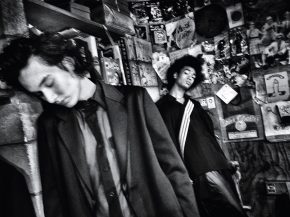
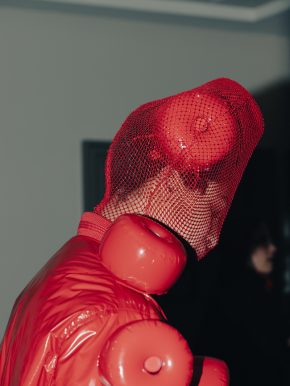
Comments